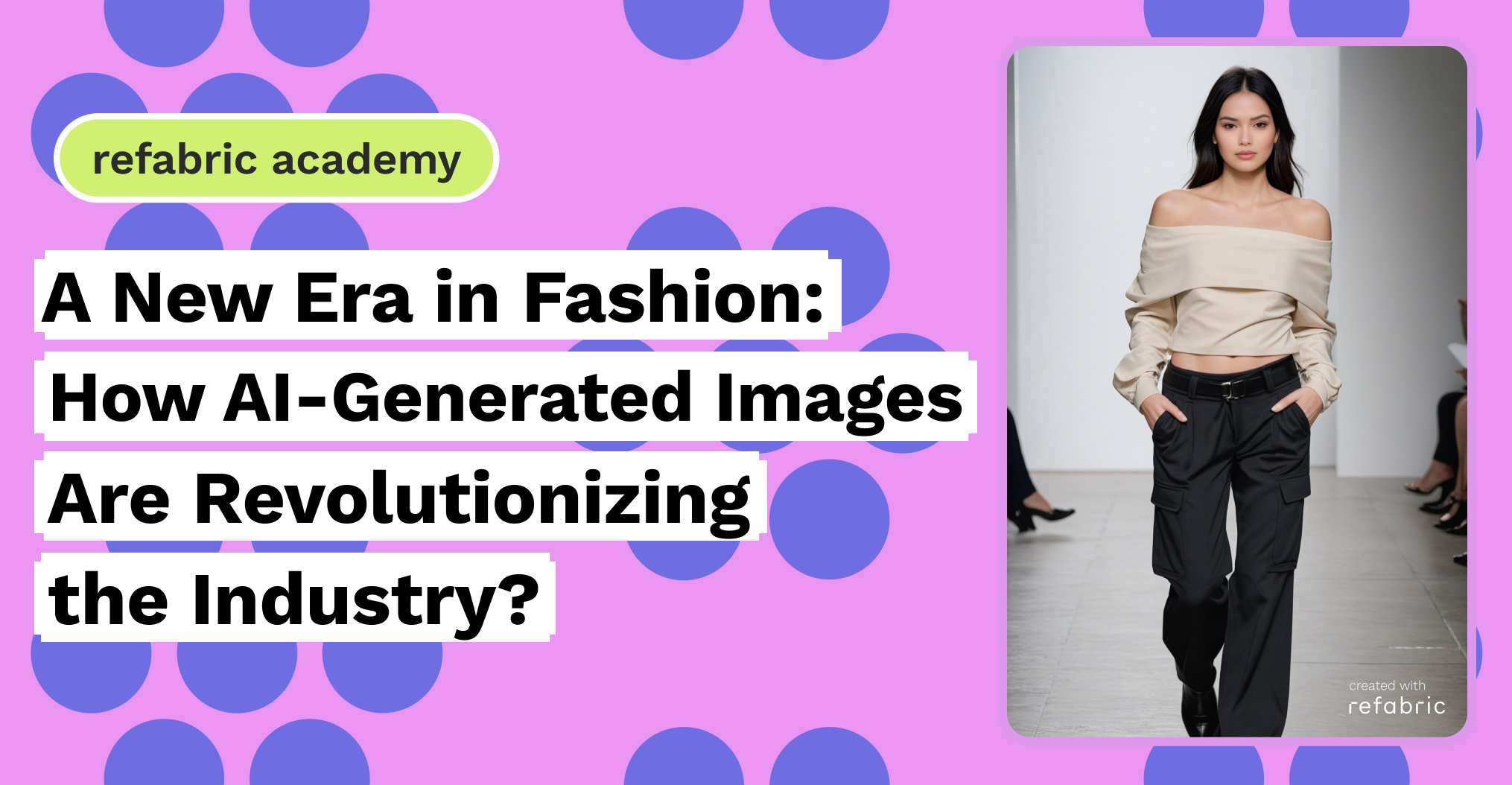In the ever-evolving world of fashion, the integration of artificial intelligence (AI) into visual content creation is not just a trend—it’s a revolution. As brands and designers seek more innovative ways to captivate audiences, AI-generated images are becoming a game changer, offering unprecedented speed, cost-effectiveness, and a new realm of creative possibilities. This shift is not merely altering how brands create content; it’s redefining the entire approach to fashion visuals.
Transformation in artistic visions
Traditionally, fashion imagery involves extensive resources, including photographers, models, stylists, and a myriad of logistical arrangements. However, AI-generated imagery dramatically simplifies this process. By using sophisticated algorithms, AI can generate high-quality images that rival professional photos in mere moments. This technology allows designers to experiment with aesthetics and styles without the constraints of physical photoshoots, enabling rapid testing of ideas and concepts.
The creative potential of AI in fashion extends beyond mere replication of existing styles. It empowers designers to explore avant-garde and experimental visuals that might be too costly or impractical to attempt in real life. For instance, AI can effortlessly merge styles from different eras or create fantastical garments that defy traditional fabric and texture limitations. The result is a bold new visual language that can be more diverse, inclusive, and imaginative.
Cost-Effectiveness and Speed
Perhaps the most compelling advantage of AI-generated images for the fashion industry is their ability to save both time and money. Traditional photoshoots can be prohibitively expensive, requiring significant investments in location, talent, and equipment. AI, on the other hand, reduces these costs dramatically. Once an algorithm is trained, generating images can be as simple as inputting parameters and styles.
This speed and efficiency not only reduce costs but also enhance a brand’s ability to respond to trends. In an industry where speed-to-market is increasingly critical, the ability to produce high-quality visuals on demand is invaluable. This agility enables brands to stay ahead of fast-changing fashion trends and consumer preferences with unprecedented responsiveness.
Redefining Marketing and Sales
AI-generated images are also transforming how fashion products are marketed and sold. Virtual models and clothes can be tailored to diverse body types and skin tones, increasing inclusivity and allowing consumers to see themselves more accurately represented in marketing materials. Moreover, this technology enables brands to create personalized shopping experiences, where customers can see how clothes would look on avatars modeled after their own bodies.
In the digital-first world, e-commerce platforms can leverage AI to produce attractive, detailed visuals of their products without physical samples. This capability is particularly useful for testing market reaction to new designs before committing to a full production run, thereby reducing waste and improving sustainability.
Challenges and Considerations
Despite its benefits, the use of AI in fashion visuals is not without challenges. The authenticity of AI-generated images can sometimes blur the line between real and virtual, leading to concerns about consumer trust and the potential for misleading imagery. Furthermore, as with any disruptive technology, there is the potential for job displacement in traditional roles associated with fashion photography and styling.
As AI technology continues to develop, the fashion industry must carefully navigate these ethical and practical considerations. The key will be to integrate AI in a way that complements human creativity and skill, rather than replacing it, ensuring that the technology serves to enhance the industry’s artistic and commercial potential.
The revolution of AI-generated images in fashion is just beginning. As these tools become more sophisticated and accessible, they promise to further transform the landscape of fashion visuals. By embracing this technology, the fashion industry can unlock a future where creative expression is limitless, production is more sustainable, and inclusivity is not just an aspiration but a reality. The possibilities are as expansive as the imagination of the designers who wield them, pointing towards a vibrant and innovative future for fashion visuals.
